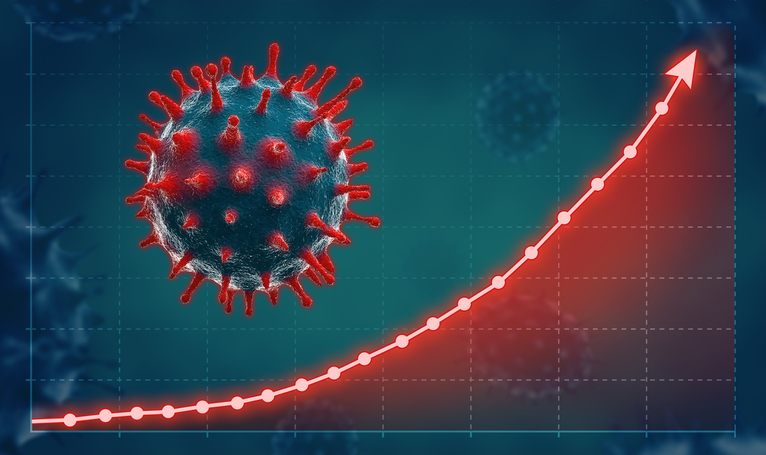In recent months, scientists, companies, researchers, and universities have begun working on combating the spread of the novel coronavirus. However, in order to have a more complete picture of the situation, Tec graduate José Ricardo López and a group of researchers have carried out the first study focused on the evolution of this virus.
How did they do it? They created a “map” of all scientific publications on the subject. The study comprises the period from 1970 to April of this year. A little over 40 years of information was available to the scholars.
“Let’s imagine that you are from a university or are a researcher who wants to begin studying the virus. It’s the first time that you look at Covid-19. This is a tool that can help you get up to speed, know which countries, institutions and agents are referenced, and thus have a better basis for your own research,” said López Robles in an interview with Tec Review.
How did they do the research?
To do this research, López Robles, Enrique Herrera-Viedma from the University of Granada, Javier Guallar from the University of Barcelona, and Manuel-Jesús Cobo from the University of Cádiz, used the Web of Science database. They programmed 18 different search parameters. They then subjected the results to analysis in the Science Mapping Analysis Tool (SciMat) using Artificial Intelligence (AI).
“The database required the correct programming of each of the search parameters. We used 18 different terms. Covid-19 articles have been published in scientific and general media using various terms such as “SARS-CoV-2”, “Coronavirus”, “Novel Coronavirus”, and “Wuhan Coronavirus”. As a result, we were able to find the greatest possible number of related publications” added López.
The search returned 12,571 publications, the earliest published in the 1970s. Therefore, the analysis was divided into three periods: from 1970 to 1999, from 2000 to 2009, and from 2010 to the end of April 2020.
The earliest texts available date from a few years after the coronavirus strain was discovered for the first time in 1964 by Scottish-born virologist June Almeida in her laboratory at St. Thomas’ Hospital in London.
Results of the analysis
The results reveal that the United States has published more on this topic than any other country in the last forty years. The country has produced 4,513 publications on the topic. The United States is followed by China and the United Kingdom, with 2,746 and 962 publications, respectively.
“We can see recurring patterns in the publications: location, date, and the topics they cover. This allows us to know whether these lines of research continue, or whether there is space for further development of the topic. It allows us to find research gaps, so that scientists can easily find solutions and don’t have to repeat research,” added López Robles.
According to the researcher, between December of last year and the end of April 2020, there were more than 1,000 publications relating to Covid-19. He believes this is because now the spread of the virus to other contexts: cultural, social, and economic, is also being studied.















